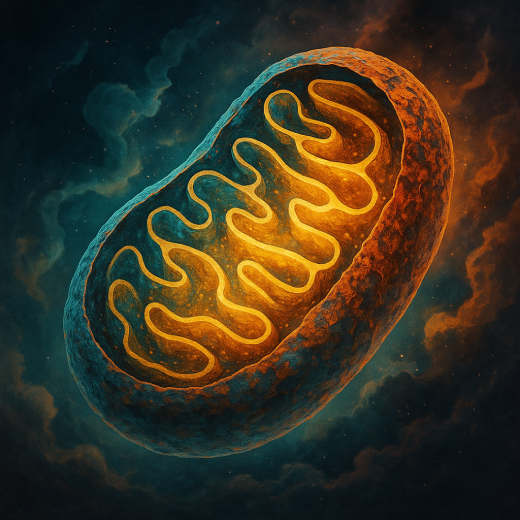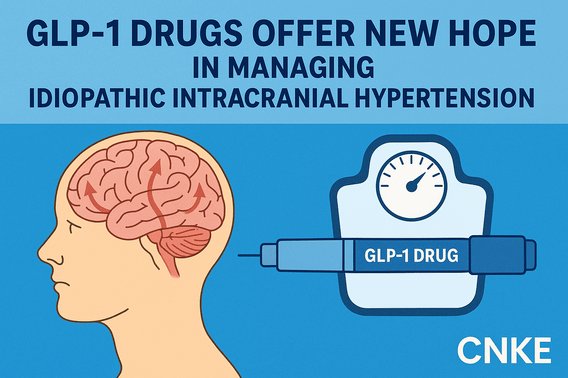In a groundbreaking discovery, researchers at the Mayo Clinic have identified specific brain cell changes that may explain the involuntary tics characteristic of Tourette syndrome.
Their findings, published in Biological Psychiatry, represent the first time individual brain cells from people with Tourette disorder have been analyzed at this depth.
The study reveals that individuals with Tourette syndrome have about 50% fewer interneurons—specialized cells that normally act to dampen excessive movement signals—compared to those without the condition. This critical deficit in inhibitory neurons within the basal ganglia, a brain region crucial for movement and behavior control, could underlie the unchecked motor signals that cause tics.
The Mayo Clinic team, led by genomic scientist Dr. Alexej Abyzov, analyzed over 43,000 individual cells from postmortem brain tissue. Their work also uncovered additional abnormalities:
-
Medium spiny neurons, key players in movement transmission, showed reduced energy production.
-
Microglial cells, the brain's immune defenders, exhibited signs of inflammation.
These stress responses appeared closely interconnected, suggesting that cell-to-cell communication might be central to symptom development.
"This research may help lay the foundation for a new generation of treatments," said Dr. Abyzov. "By understanding how these brain cells are altered and how they interact, we may eventually intervene earlier and more precisely."
The team also highlighted that the underlying cause of these brain changes may not be faulty genes themselves, but disruptions in DNA control regions—the switches that determine when genes are activated.
Co-author Dr. Yifan Wang noted, "We're seeing different types of brain cells reacting to stress and possibly communicating with each other in ways that could be driving symptoms."
Looking ahead, the Mayo Clinic researchers plan to study how these brain changes emerge over time and to search for genetic factors that contribute to the disorder's development.
This pioneering work, conducted in collaboration with Dr. Flora M. Vaccarino's laboratory at Yale University, opens promising new paths for future therapeutic strategies, honoring both the historical pursuit of understanding neurodevelopmental disorders and the promise of modern genomic science.
Cover Image: Landscape with a Bridge (1787) - Christian Georg Schütz the elder (German, 1718-1791)







